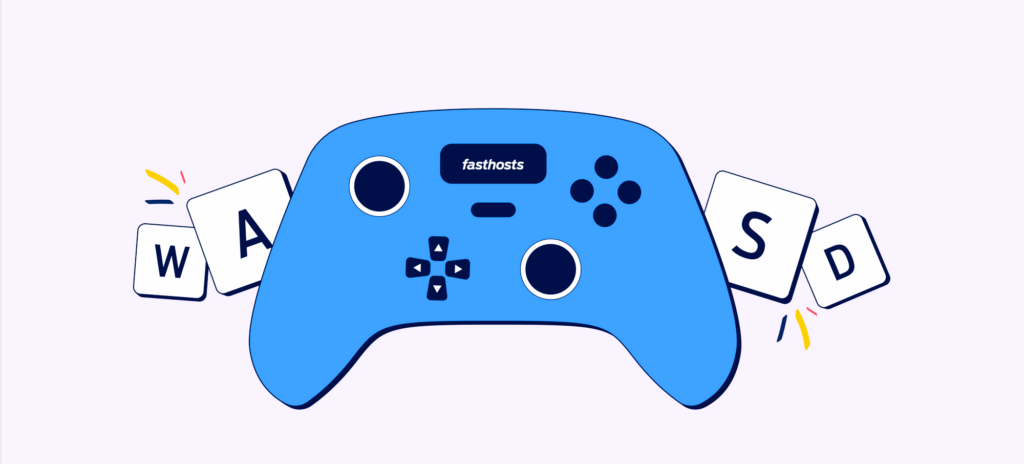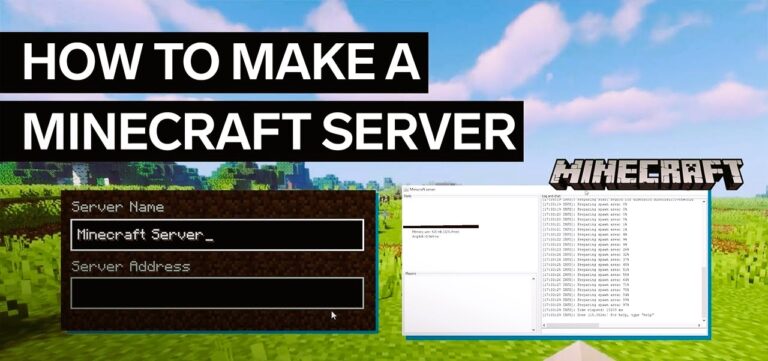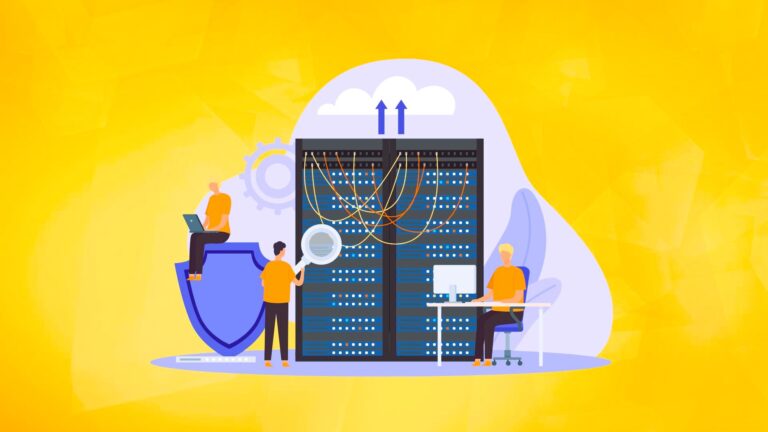Cloud gaming has emerged as a transformative force in the gaming industry, enabling players to stream games directly from remote servers rather than relying on local hardware. As technology continues to evolve, the future of cloud gaming appears promising, offering enhanced accessibility, lower barriers to entry, and new possibilities for developers and gamers alike. This article delves into the future of cloud gaming and its significant impact on game servers.
Understanding Cloud Gaming
Cloud gaming, also known as gaming as a service (GaaS), allows users to play video games hosted on remote servers rather than on their personal devices. The core technology behind cloud gaming relies on the ability to stream video content in real-time, enabling players to experience high-quality graphics and gameplay without the need for expensive gaming hardware. This innovation has been made possible by advancements in internet speed, latency reduction, and server infrastructure.
Key Components of Cloud Gaming
- Streaming Technology: Cloud gaming services utilize sophisticated streaming protocols that compress game data and transmit it over the internet to users’ devices. This requires minimal latency and high bandwidth to ensure smooth gameplay.
- Server Infrastructure: Cloud gaming relies on robust server infrastructure that can handle the processing power needed for demanding games. This often involves data centers equipped with high-performance GPUs and CPUs.
- User Devices: Players can access cloud gaming services through various devices, including PCs, smartphones, tablets, and smart TVs. This flexibility enhances accessibility, allowing a broader audience to engage in gaming.
The Future of Cloud Gaming
1. Enhanced Performance and Quality
As technology progresses, cloud gaming services are expected to improve in terms of performance and quality. With the rollout of 5G networks and advancements in data compression algorithms, latency will continue to decrease, making the gaming experience more seamless. Players will enjoy higher frame rates, improved graphics, and reduced input lag, making cloud gaming more competitive with traditional gaming setups.
2. Expansion of Game Libraries
The future of cloud gaming will likely see an expansion of game libraries available to users. Major gaming companies and independent developers are increasingly recognizing the potential of cloud gaming platforms to reach wider audiences. This could lead to a more extensive range of games, including AAA titles, indie games, and classic games, all accessible from a single platform.
3. Cross-Platform Play and Integration
Cloud gaming facilitates cross-platform play, allowing gamers on different devices to play together. As cloud gaming becomes more mainstream, developers will increasingly focus on creating games that support cross-platform capabilities. This integration will foster a more inclusive gaming community and reduce fragmentation among player bases.
4. Subscription Models and Monetization
Cloud gaming services are expected to adopt various subscription models, similar to streaming services like Netflix. Players may pay a monthly fee for access to a vast library of games, making gaming more affordable and convenient. This shift in monetization strategies may influence game development, encouraging developers to create games that retain players’ attention for longer periods.
The Impact on Game Servers

1. Centralization of Server Infrastructure
As cloud gaming gains traction, we may witness a centralization of server infrastructure in the gaming industry. Game developers may increasingly rely on cloud providers to host their games, leading to a few dominant players in the market. This consolidation can improve efficiency, reduce costs, and simplify maintenance, but it may also pose risks related to data security and downtime. Read about the role of server administrators in creating a great gaming experience, more details here.
2. Increased Demand for Server Resources
The rise of cloud gaming will drive demand for high-performance servers capable of handling the resource-intensive requirements of modern games. Game developers will need to optimize their titles for cloud environments, focusing on reducing server load while ensuring a high-quality gaming experience. This could lead to innovations in server technology, including the use of edge computing and distributed server architectures.
3. Customization and Modding
Cloud gaming can potentially impact the customization and modding culture within the gaming community. Traditionally, players have been able to modify games on their local machines. However, as games move to cloud environments, developers may need to create new frameworks for customization that can be implemented server-side. This could lead to innovative approaches to modding, allowing players to create and share content within a cloud gaming ecosystem.
4. Regulatory Considerations
As cloud gaming grows, regulatory considerations surrounding data privacy, user rights, and content ownership will become increasingly important. Game servers will need to comply with various regulations, including data protection laws, which could impact how games are hosted and managed. Developers and service providers must stay informed and adapt to these regulatory changes to ensure compliance and build trust with their users.
Conclusion
The future of cloud gaming holds immense potential, with advancements in technology poised to reshape the gaming landscape. As cloud gaming becomes more accessible and integrated into the fabric of the gaming community, its impact on game servers will be profound. From centralizing server infrastructure to redefining monetization strategies, the evolution of cloud gaming will change how developers and players interact with games.
As this transformation unfolds, players can expect a more dynamic and inclusive gaming experience, driven by the power of the cloud. For more information on the evolving landscape of cloud gaming and its technologies, visit the Cloud Gaming Wikipedia page.






